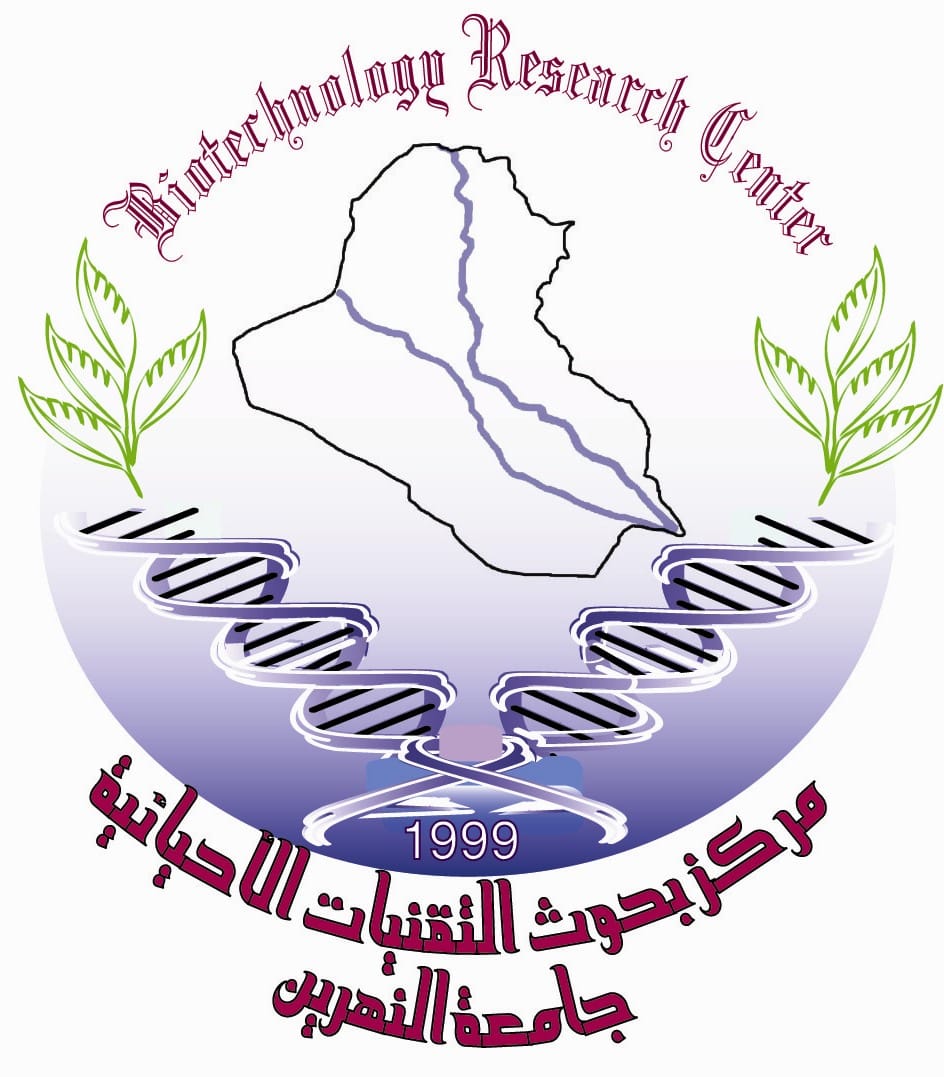Relationship of SNPs (rs3212227) in IL-12 with Gynecological and Breast Cancer*
DOI:
https://doi.org/10.24126/jobrc.2021.15.2.615Abstract
Cancer refers to any disease among a large number of diseases characterized by the development of abnormal cells that divide uncontrollably and have the ability to infiltrate and destroy normal body tissues. Cancer often has the ability to spread throughout the body. Cancer is the second leading cause of death in the world
Cancers can occur in any part of the female reproductive system — the vulva, vagina, cervix, uterus, fallopian tubes, or ovaries. These cancers are called gynecologic cancers.
Gynecological cancers can invade directly nearby tissues and organs, or spread (metastasize) through the lymph vessels, lymph nodes (lymph system), or the bloodstream to distant parts of the body.Breast cancer occurs when some breast cells begin to grow in an abnormal way. These cells divide more rapidly than healthy cells and continue to accumulate, forming a lump or tumor. The cells may spread (metastasize) through the breast to the lymph nodes or to other parts of the body.
Interleukin-12 (IL-12) is an anti-inflammatory cytokine that links innate and adaptive immune responses against cancer cells. Single nucleotide polymorphisms (SNPs) in the IL-12 genes have been associated with cancer risk. The role of IL-12 in breast cancer and gynecological risk overall, association of the IL-12 signaling pathway and BC risk in women.
Downloads
How to Cite
Issue
Section
License
This is an Open Access article distributed under the terms of the creative commons Attribution (CC BY) 4.0 license which permits unrestricted use, distribution, and reproduction in any medium or format, and to alter, transform, or build upon the material, including for commercial use, providing the original author is credited.











